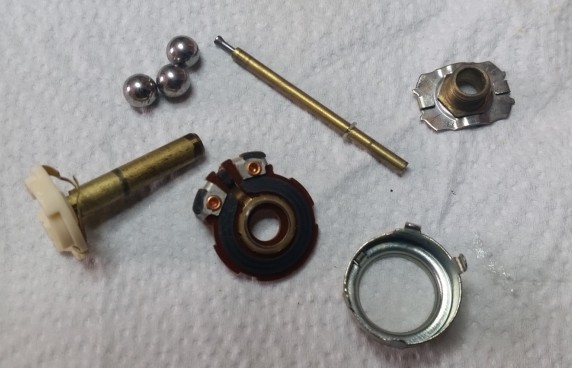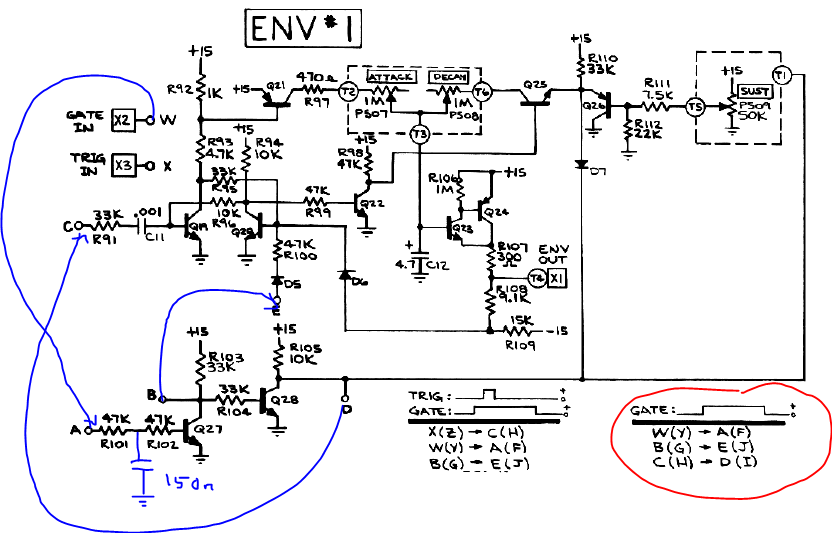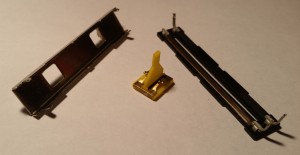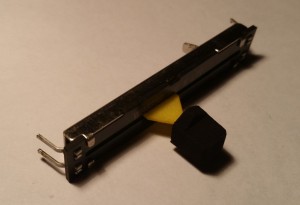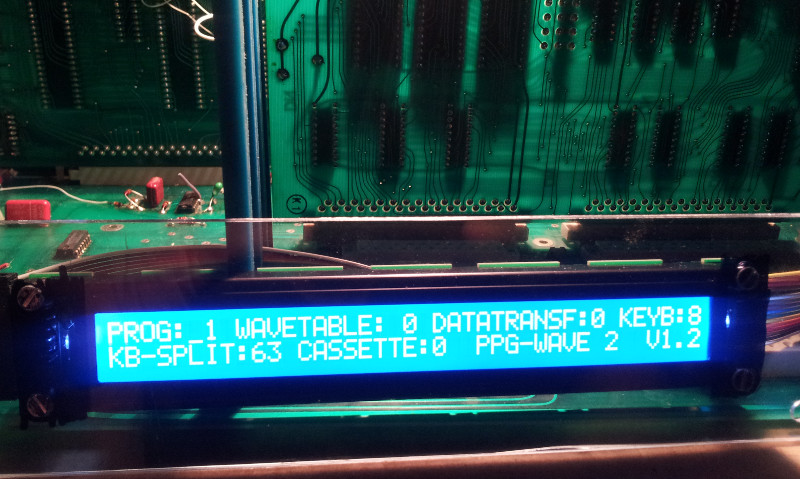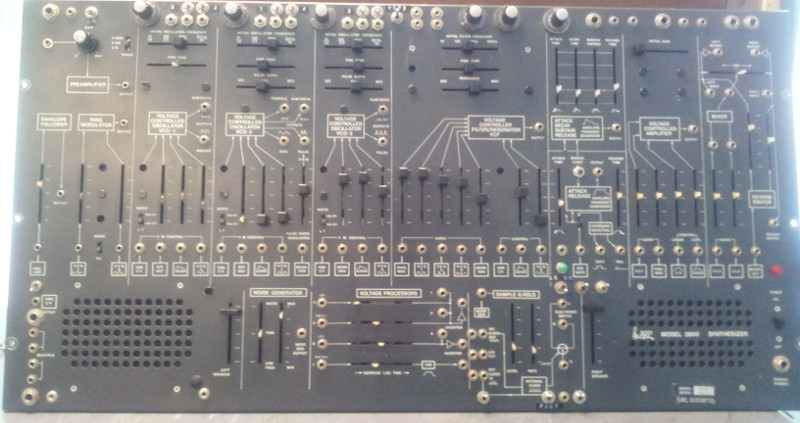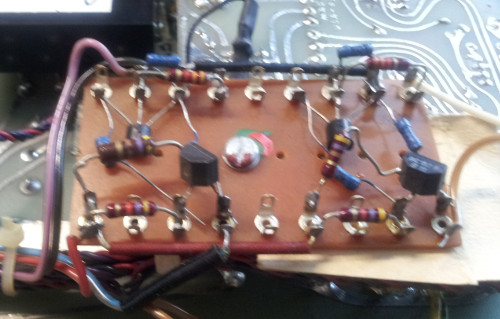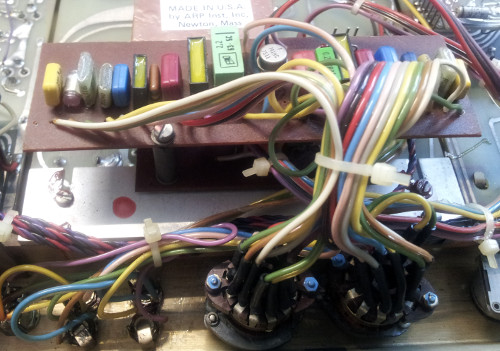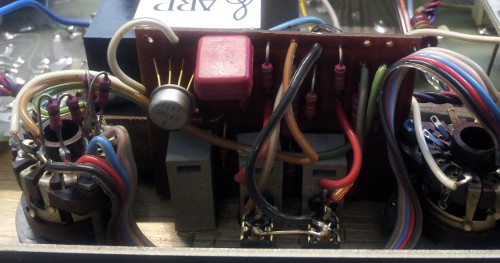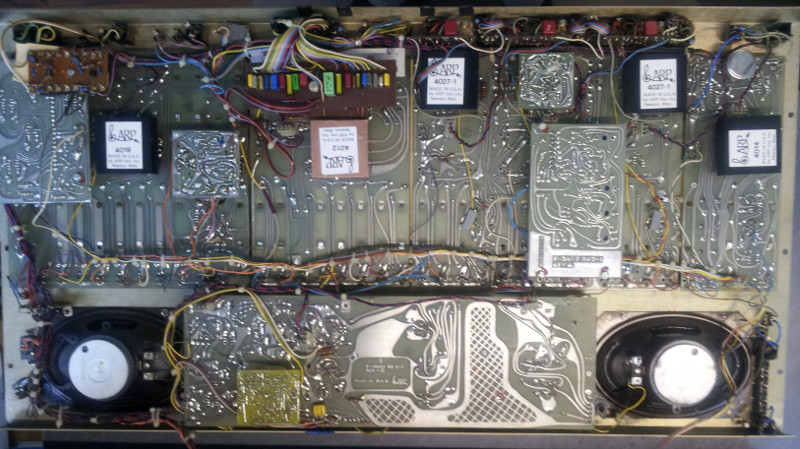Back in 2007 I developed a replacement PCB for the Pro One’s CPU, not knowing of parallel work on the other side of the ocean.
I planned it to be mounted below the main PCB, just where the old CPU was, but on the other side, but accidently made the PCB too big so that I had to use flat cable to install it.
Some five years later I got another Pro One in need for a new CPU but also for MIDI, so I re-designed the PCB, still with a DIP CPU so that it still needs to be mounted below the mainboard, but now with the correct dimensions.
Keeping in mind that there a much smaller plug-in replacements on the market, I left it this way to allow for DIY building of those daring to solder SMD resistors, but not fine pitch processors.
Here’s the result:

Except from emulating all of the original Pro One’s functions, it can…
Normal and Retrig Mode:
- use keyboard and MIDI IN in parallel
- send every key press via MIDI OUT (also in Normal mode, where only lower notes will sound due to low note priority)
Arpeggiator Mode (which has priority over Sequencer Mode in this version, by the way):
- use keyboard and MIDI IN in parallel during normal and latch mode
- send the note on/off’s via MIDI OUT as they are played by the arpeggiator, including additionaly hold notes in latched mode
Sequencer Mode:
- use keyboard or MIDI IN for sequence entry while recording, transpose with keyboard or MIDI IN while playing
- sends notes via MIDI OUT when local keys are pressed while recording and the notes as they are played while playing
- offers two independent 100 note memories
- sequencer memory is non-volatile (saved once leaving the record mode)
The MIDI channel is set by holding down one of the first 16 keys while turning the Pro One on. Every other key will set omni mode.
For the MIDI note assignment I relied on the user’s manual of the Pro One showing the keyboard scale from C0 to C3.
Therefore, the lowest C corresponds to midi #24.
While working on a Rev.1 Pro One one should always keep in mind that the PCB-mounted mains tranformer is much too heavy for the PCB and that the track clearance on the primary side is much too low to comply with any safety standard or electrical code. In this particular case, the transformer was already damaged and had to be replace anyway. This photo shows a possible solution: screw terminal for power cord, protective earth securely bolted to case, fuse in series with mains, double-pole switch with double isolation, toroid tranformer bolted to chassis. The original power connector to the main board has been rewired and re-used.




